I’ve taken a couple of weeks off from the blog recently — a week here, a week there. When I came back to the blog after all that happened last year, I chose to do so on my own terms. All things being equal, I would like to post something every week. But I don’t want these essays to become a burden, something I dread doing. And so when I have nothing to say, I keep my virtual mouth shut (a notion I would love to impart to more than a few public figures). And when life gets in the way, I don’t fight it. You all have been incredibly generous with your support and patience. I no longer worry that if I slack off for a week or two there’ll be no one here when I come back. Thank you for that.
The problem is, sometimes — often actually — I want to write, but I have no idea what about. Today is such a day. I would like this post to go somewhere. I’d like an idea to spark in my head and carry me along. I’m still waiting . . . .
It’s a musings post, and my mind is going in a lot of directions right now.
Recent travels:
We are just back from a week-long journey to Mexico City, where we attended the wedding of my nephew to the charming, brilliant, beautiful love of his life. We took part in a wonderful weekend of festivities that included a terrific Sunday afternoon with just the two extended families. Great food, the best mezcal I’ve ever had, a lovely setting, fun conversations, lots of laughter. At one point, I was speaking with the bride’s father, who brought up the old saying (apparently as common in Mexican society as in our own) that we can choose our friends, but our families are ours whether we want them or not. And weren’t we all so fortunate that both families were so great and got along so well? A laudable sentiment, and truly fitting.

Nancy and I were struck again and again by the kindness and generosity of everyone we met in Mexico City. Our Spanish is not very good at all. But people were patient and went out of their way to help us. And we were fortunate to have so many memorable meals, as well as fascinating visits to the Museo Nacional de Antropologia and to the National Palace with its magnificent murals painted by Diego Rivera. My brother and I got in a fun day of birdwatching at the botanical garden of the Universidad Nacional Autónoma de México. A great visit.
Musical Explorations:
I have remarked before that Nancy and I are fairly new to the world of TV streaming. Until just about a year and a half ago, we were still suffering with satellite internet, which was too slow and too limited in terms of bandwidth to allow us to watch all the shows garnering raves from our friends. Well, the same was true of music. My listening was pretty much limited to the music I had on CDs, which I had uploaded to my computer and phone. This year, finally, I subscribed to a music streaming service and I have been exploring artists about whom I had been curious, or to whom I had been introduced by friends and family. (Looking at you, Erin!)
Like who? you ask. Well, as I write this, I am listening to Zac Brown Band, whose music I have come to love. Rockin’ Country music with terrific vocals and a great instrumental sound. Zac Brown plays Taylor guitars, so I was first introduced to his stuff by their promotional materials. And then Erin played a bunch of his songs for me. Now I am hooked.
Lots of friends had told me about Jason Isbell, and I own and love Southeastern, a haunting, powerful album. Now, I’m working my way through the rest of his catalogue, which is excellent as well.
Australian guitar virtuoso Tommy Emmanuel plays an eclectic blend of country, blues, rock, folk, and oldies, and because he’s so good, everyone wants to play with him, so you can find him doing duets with a who’s who of musical royalty. Some of the music is instrumental. Some has vocals. All of it is enormous fun.
Soccer:
Yeah, I know. I’ve written about this before. But Nancy and I are deep into this year’s Premier League (England) season, which is shaping up to be one for the ages. In recent years, one team has dominated, or, if fans are fortunate, two teams have fought for the season title. This year, with ten matches left on everyone’s schedule, three teams, Arsenal, Liverpool, and Manchester City are locked in a super-close battle that seems destined to come down to the final week of the campaign. This weekend, Liverpool and Man City played a thrilling, taut, brilliant match that ended in a 1-1 tie.
Yes, I’m sure that sounds like a contradiction — a thrilling 1-1 tie? How can that be? Trust me, it can. End-to-end action, inspired defense, a few moments of almost inconceivable luck that left both of us speechless, and beautiful, precise play throughout. Americans love offense. I get that. That’s why pro football has become something more like flag football than the defense-heavy sport I remember from my youth. It’s why baseball is now all about home runs. But part of the appeal of soccer is that every goal is precious. A single score can change the complexion of everything happening on the pitch. And in a match as important as this weekend’s Liverpool-Man City fixture, each scoring opportunity was crucial. What fun. Can’t wait for next week!
So, yeah. A bit of travel, a bit of music, a bit of sport. Nothing earth-shattering. And that’s okay. There’s lots of really dire, important stuff happening in the world. I’ll get back to those topics at some point. Or not. But sometimes we need to stop and enjoy the little stuff.
Be well, and be kind to one another.









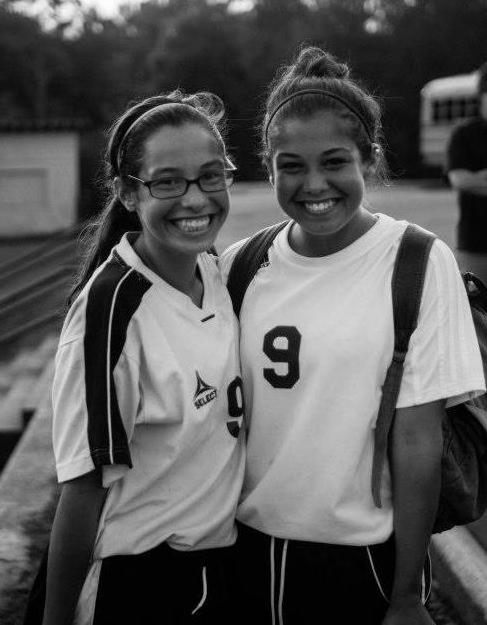 My mind has been on Title IX again over the past month, as Nancy and I (and our daughters, while we were all together in Colorado) watched the Women’s World Cup. Soccer has long been a very big deal in our household. Our daughters grew up playing, first in weekend league soccer and then through middle school and high school. Both of them were accomplished players. Both of them continue to love the sport. And so we all look forward to the World Cup — men’s and women’s — the way we look forward to holidays and birthdays.
My mind has been on Title IX again over the past month, as Nancy and I (and our daughters, while we were all together in Colorado) watched the Women’s World Cup. Soccer has long been a very big deal in our household. Our daughters grew up playing, first in weekend league soccer and then through middle school and high school. Both of them were accomplished players. Both of them continue to love the sport. And so we all look forward to the World Cup — men’s and women’s — the way we look forward to holidays and birthdays.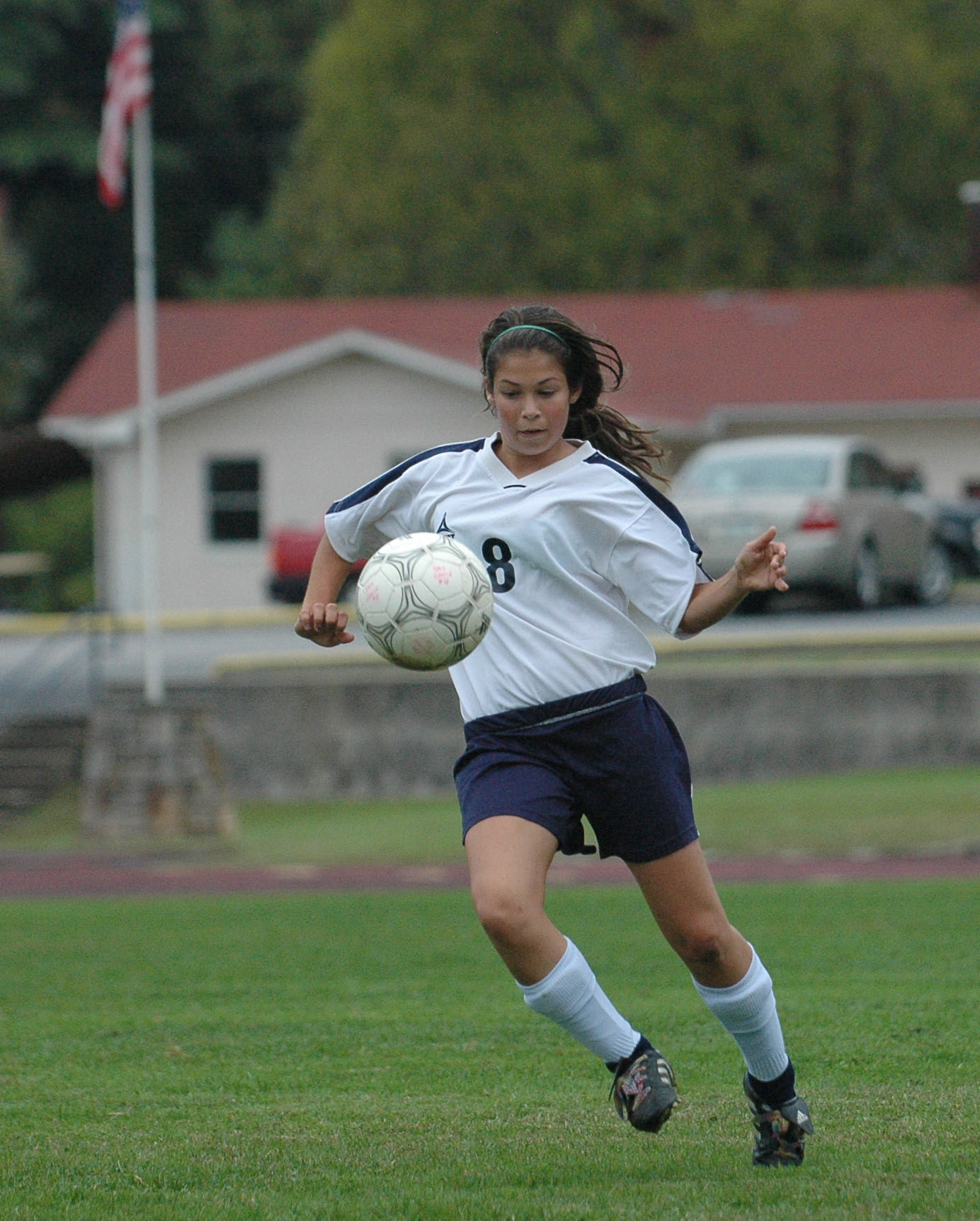 World Cup soccer — men’s and women’s — begins with what is called group play. The field of thirty-two is divided into eight groups of four. Each group plays among themselves, three matches for each team, and they get three points for a win, one point for a draw, and none for a loss. The two teams with the best record from each group advance to the knockout stage, so called because there are no ties, and the loser of each match is knocked out of the competition.
World Cup soccer — men’s and women’s — begins with what is called group play. The field of thirty-two is divided into eight groups of four. Each group plays among themselves, three matches for each team, and they get three points for a win, one point for a draw, and none for a loss. The two teams with the best record from each group advance to the knockout stage, so called because there are no ties, and the loser of each match is knocked out of the competition.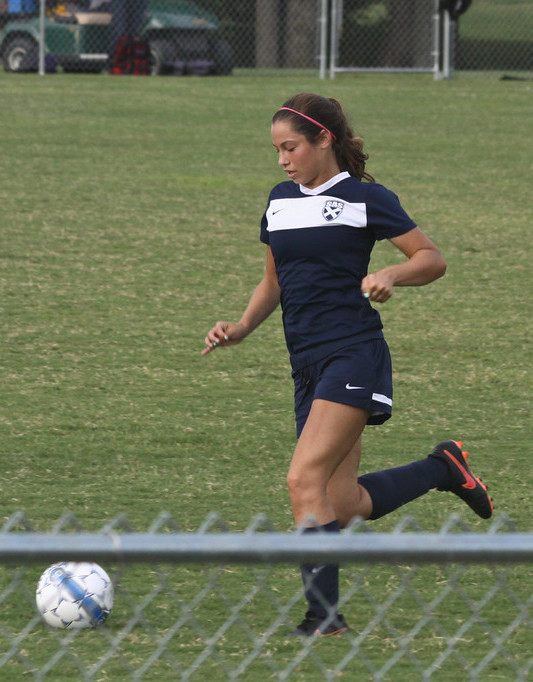 Despite American disappointment, these developments actually constitute incredibly good news for women’s soccer around the world. Title IX paved the way for the U.S. women to become a dominant team, and in many European nations, where traditional football is THE sport, women’s teams have access to facilities and funding. But in other places this is simply not the case. The Jamaican woman faced so many financial hardships in their preparation for this year’s Cup that they literally had to rely on crowdfunding in order to participate.
Despite American disappointment, these developments actually constitute incredibly good news for women’s soccer around the world. Title IX paved the way for the U.S. women to become a dominant team, and in many European nations, where traditional football is THE sport, women’s teams have access to facilities and funding. But in other places this is simply not the case. The Jamaican woman faced so many financial hardships in their preparation for this year’s Cup that they literally had to rely on crowdfunding in order to participate.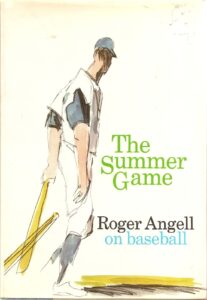 Beginning in 1962, and continuing through most of the next sixty years, Angell wrote about baseball, contributing articles to The New Yorker a couple of times each season, usually once during spring training, and once at the end of the World Series. Some seasons he added a mid-season essay. His articles were later collected in volumes — The Summer Game (1972), Five Seasons (1977), Late Innings (1982), Season Ticket (1988), and Once More Around the Park (1991). I own all of them, and have read them multiple times.
Beginning in 1962, and continuing through most of the next sixty years, Angell wrote about baseball, contributing articles to The New Yorker a couple of times each season, usually once during spring training, and once at the end of the World Series. Some seasons he added a mid-season essay. His articles were later collected in volumes — The Summer Game (1972), Five Seasons (1977), Late Innings (1982), Season Ticket (1988), and Once More Around the Park (1991). I own all of them, and have read them multiple times.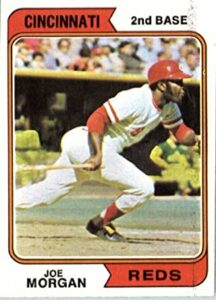 “Aha!!” I was able to reply. “What about Joe Morgan? Two time Most Valuable Player, perennial All-Star, World Series champion. He’s five foot seven!” Besides, I assured them. I didn’t expect or need to be six feet tall. I would be perfectly happy with five foot ten, like my hero, Roy White.
“Aha!!” I was able to reply. “What about Joe Morgan? Two time Most Valuable Player, perennial All-Star, World Series champion. He’s five foot seven!” Besides, I assured them. I didn’t expect or need to be six feet tall. I would be perfectly happy with five foot ten, like my hero, Roy White. Favorite of My Books: The most recent one I’ve written, almost always. Which is a copout, I know. Invasives, the second Radiants book, comes out in February, so it is the most recent I’ve written, and it is my current favorite. But in another way, my favorite is probably The Outlanders, the second book in my LonTobyn Chronicle, and my second novel overall. Why? Simple. When I began my career, I knew I had one book in me, but I didn’t know if I could write for a living. Upon finishing The Outlanders, I realized it was better than my first book, Children of Amarid, a book of which I was quite proud. It was much better, in fact. And I understood then that I was not just a guy who wrote a book. I was an author. I could make a career of this.
Favorite of My Books: The most recent one I’ve written, almost always. Which is a copout, I know. Invasives, the second Radiants book, comes out in February, so it is the most recent I’ve written, and it is my current favorite. But in another way, my favorite is probably The Outlanders, the second book in my LonTobyn Chronicle, and my second novel overall. Why? Simple. When I began my career, I knew I had one book in me, but I didn’t know if I could write for a living. Upon finishing The Outlanders, I realized it was better than my first book, Children of Amarid, a book of which I was quite proud. It was much better, in fact. And I understood then that I was not just a guy who wrote a book. I was an author. I could make a career of this.